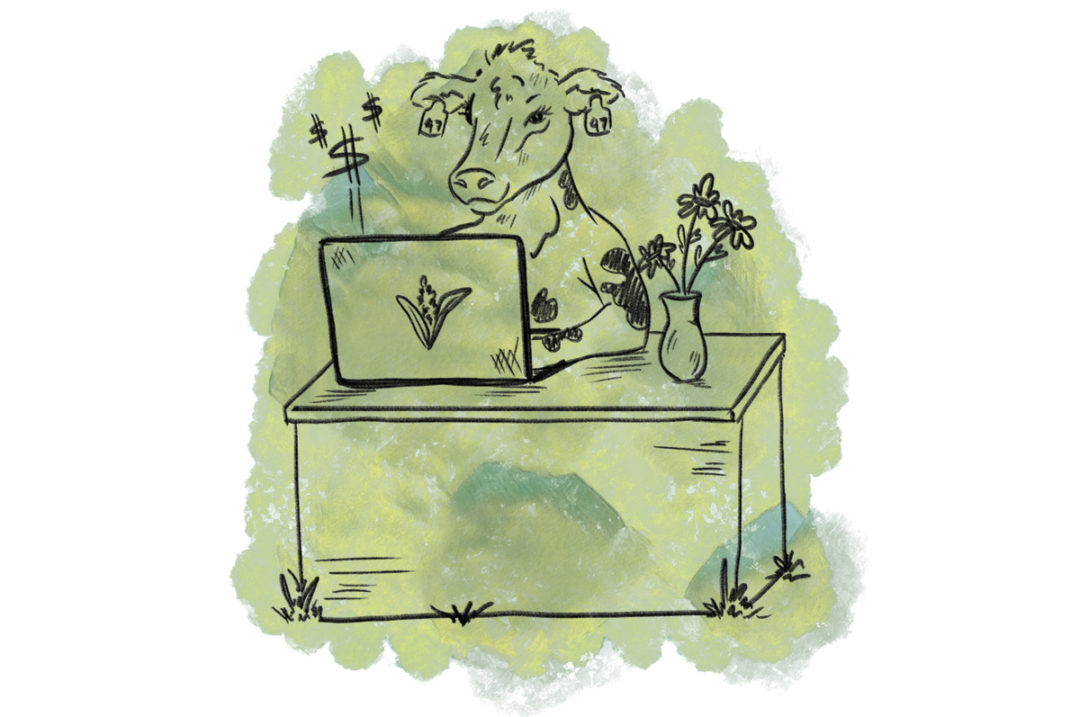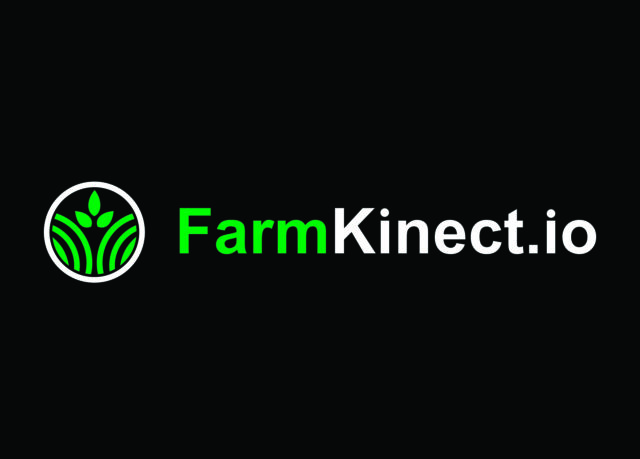At one point or another, every dairy has had one of the following: a milk harvest machine, a tractor or an old computer monitor decorated with fly feces.
While the milking parlor and tractor have regularly scheduled maintenance – with good reason, as the improper function of either of these implements could greatly hinder productivity – that dirty computer monitor tells a different story. Computing technologies are a necessity but not one that is often a priority.
Computers and the software on them are essential for data collection, computing, communication and more on a dairy, but they do not directly influence cow health or milk production. Because of this, regular maintenance is often put on the back burner. However, having a sound information technology (IT) system on your dairy can aid in productivity all over the farm.
‘Is my dairy big enough to worry about IT?’
While it may be more common for a business located in an office building to have an IT department, it is important for dairies of any size to have one too. An IT department on a dairy might not have a full-fledged team of employees dedicated to making systems and software run smoothly, but taking time to install the proper equipment and protocols associated with a dairy operation could save a lot of time, money and headaches.
“Having a solid IT infrastructure in place is essential on a dairy,” says Sue Hart, vice president of marketing at VES-Artex. “It will allow the technology on the dairy to run smoothly without interruptions, downtime or loss of data, giving the dairy peace of mind and saving them a lot of time that otherwise can be spent troubleshooting and getting things back online.”
Start with a good network
The first step to creating a sound IT department is beginning with a sound network that can support your operation.
“Typically, what I’ve experienced when I walk onto a farm that’s looking for a camera system or something similar, usually I’m working with a very basic home [internet] router,” says Jason Nosrati, owner of Ag Video Surveillance. “A lot of times it’s a few years old, and when I go to install a new system, that router is not capable of handling something like that.”
Before installing a new system, assess the capability of your existing internet router. Oftentimes, steel buildings can interfere with internet speeds. Taking note of this and of locations where internet is needed on your operation are important points to consider when installing or upgrading a router.
Nosrati recommends finding an internet service provider that has a minimum upload speed of 3 megabits (Mb) per second, preferably something within the 5 Mb to 10 Mb range for larger uploads, such as video footage or large data reports.
“Almost everything now needs to be connected,” Nosrati says. “Maybe that’s a curtain controller or fan control for the barns or a new milk meter in the parlor – a lot of those things now can all be connected. I would suggest that, when planning or looking into this part of your dairy, you should plan for expansion. Put a type of network in that can be buildable and expandable.”
Help investments make you money
Here is a scenario to consider: You invested in an activity monitoring system and are excited to see how it improves production and efficiency across your operation. But every time you try to log into your account, you spend 5 minutes waiting for the computer to boot up.
What good was the investment in the activity monitoring system if you cannot see the benefits of it in real-time when you need them?
“Consider this an area of investment instead of a cost,” says Clay Reese, dairy technical service lead for Bovisync. “I’ve seen quite a few dairies invest a lot of money into new technology, but they don’t invest anything into the services to support and maintain that technology.”
Reese notes that successful operations are those who invest not only in current IT but also in providing employees with the tools necessary to work with technology. Work emails assigned to each employee, online drives for file sharing and up-to-date licensing on programs being used on the farm can aid in productivity and communication.
“Everyone always says, ‘Oh, I’m not good with technology,’” Reese says. “But that’s not the problem; the problem is not having the proper training and tools to understand technology and use it to their advantage.”
While the milking system and machinery are often top of mind for routine maintenance and updates, consider ways in which the farm can benefit from a sound IT system.







